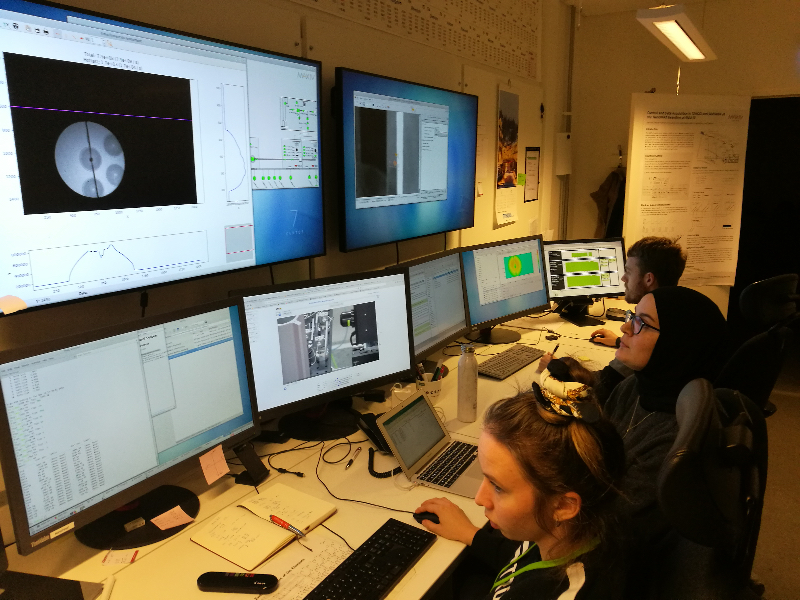Basic knowledge of X-rays: X-ray interaction with matter, X-ray sources (including synchrotron radiation and free electron lasers), X-ray optics, X-ray detectors, X-ray coherence.
X-ray applications: X-ray microscopy, X-ray diffraction, medical imaging, X-ray fluorescence and absorption spectroscopy, coherent diffraction imaging.
